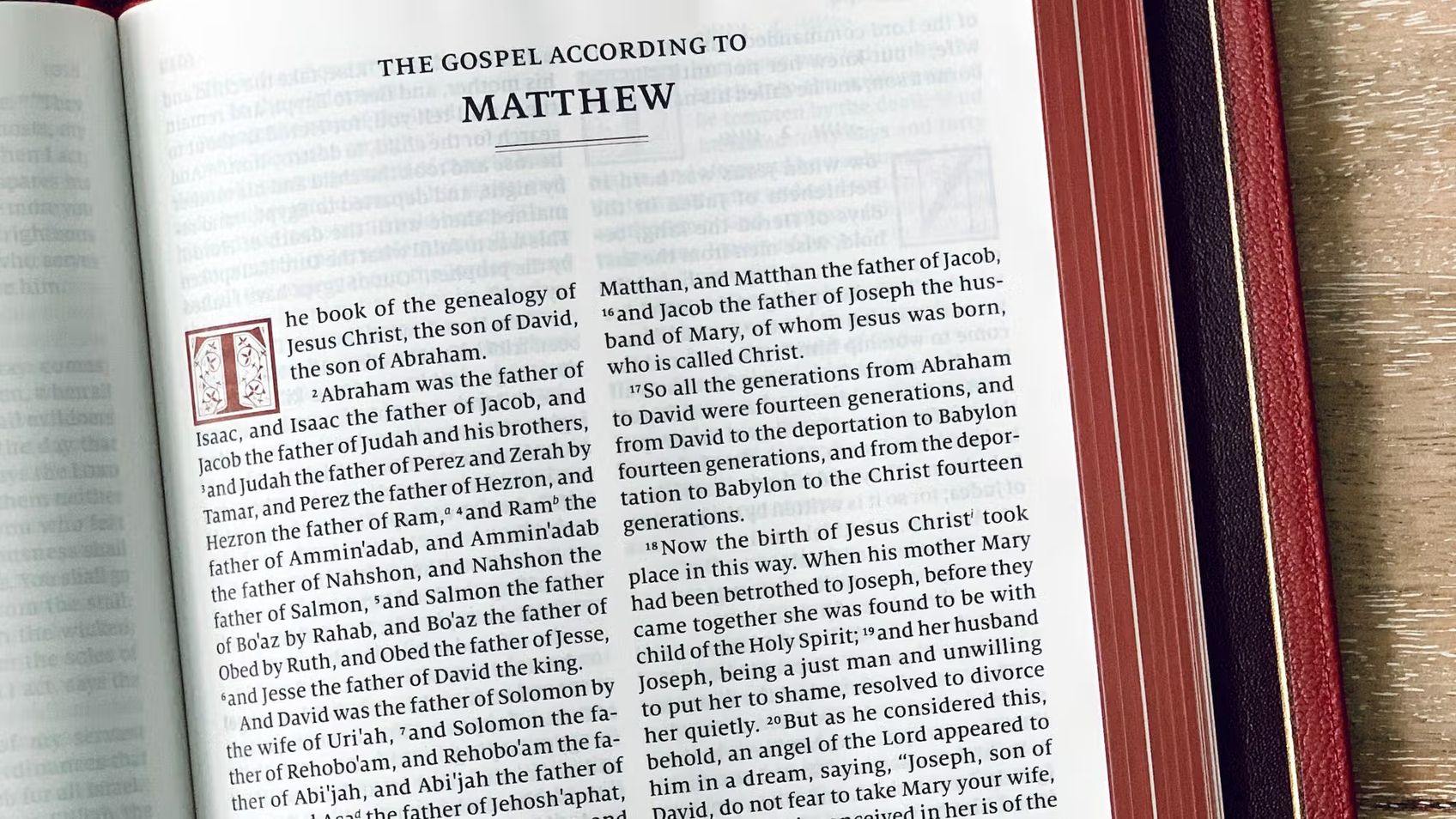John 20

Gospel of JohnSteve Gregg
In this discussion, Steve Gregg examines the events surrounding the resurrection of Jesus as recorded in the four Gospels, particularly in John 20. He explores the possibility of tampering with the tomb and the significance of the appearances of Jesus both in Jerusalem and in Galilee. Gregg notes that while Mary Magdalene was the first witness to the resurrection, it was John, the disciple whom Jesus loved, who believed without seeing. He concludes that Christians are expected to believe without seeing, but doubts and confusion can still arise.
More from Gospel of John
38 of 38

Next in this series
John 21
Gospel of John
In "John 21," Steve Gregg provides insight into the final chapter of the Gospel of John. He notes that this chapter serves as an intentional epilogue
36 of 38

John 19
Gospel of John
Steve Gregg discusses the events leading up to Jesus' crucifixion in John 19, highlighting Pontius Pilate's role in the decision. Pilate ultimately de
Series by Steve Gregg

Evangelism
Evangelism by Steve Gregg is a 6-part series that delves into the essence of evangelism and its role in discipleship, exploring the biblical foundatio

Toward a Radically Christian Counterculture
Steve Gregg presents a vision for building a distinctive and holy Christian culture that stands in opposition to the values of the surrounding secular

Philemon
Steve Gregg teaches a verse-by-verse study of the book of Philemon, examining the historical context and themes, and drawing insights from Paul's pray
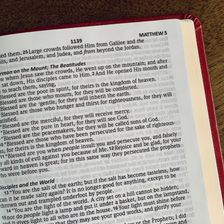
The Beatitudes
Steve Gregg teaches through the Beatitudes in Jesus' Sermon on the Mount.

Jude
Steve Gregg provides a comprehensive analysis of the biblical book of Jude, exploring its themes of faith, perseverance, and the use of apocryphal lit

Gospel of John
In this 38-part series, Steve Gregg teaches verse by verse through the Gospel of John, providing insightful analysis and exploring important themes su

Nehemiah
A comprehensive analysis by Steve Gregg on the book of Nehemiah, exploring the story of an ordinary man's determination and resilience in rebuilding t
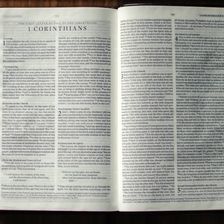
1 Corinthians
Steve Gregg provides a verse-by-verse exposition of 1 Corinthians, delving into themes such as love, spiritual gifts, holiness, and discipline within

Genesis
Steve Gregg provides a detailed analysis of the book of Genesis in this 40-part series, exploring concepts of Christian discipleship, faith, obedience
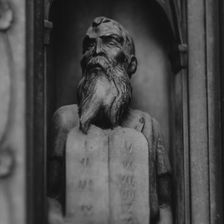
Ten Commandments
Steve Gregg delivers a thought-provoking and insightful lecture series on the relevance and importance of the Ten Commandments in modern times, delvin
More on OpenTheo
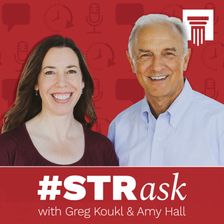
Is 1 Corinthians 12:3 a Black-and-White Tool for Discernment?
#STRask
October 27, 2025
Questions about whether the claim in 1 Corinthians that “no one can say ‘Jesus is Lord’ except in the Holy Spirit” is a black-and-white tool for disce

How Do You Justify Calling Jesus the Messiah?
#STRask
December 18, 2025
Questions about how one can justify calling Jesus the Messiah when he didn’t fulfill the Hebrew messianic prophecies, and whether the reason for the v

Why Do We Say Someone Was Saved on a Particular Date If It Was Part of an Eternal Plan?
#STRask
November 24, 2025
Questions about why we say someone was saved on a particular date if it was part of an eternal plan, the Roman Catholic view of the gospel vs. the Bib
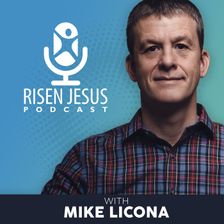
The Historical Reliability of the Gospels: Licona vs. Ehrman - Part 1
Risen Jesus
September 3, 2025
In this episode, frequent debate opponents Dr. Michael Licona and Dr. Bart Ehrman face off on the historical reliability of the gospels. Held in 2018

Can You Provide Verifiable, Non-Religious Evidence That a Supernatural Jesus Existed?
#STRask
November 10, 2025
Question about providing verifiable, non-religious evidence that a supernatural Jesus existed.
* I am an atheist and militantly anti-god-belief. Ho

Did God Create Us So He Wouldn’t Be Alone?
#STRask
November 3, 2025
Questions about whether God created us so he wouldn’t be alone, what he had before us, and a comparison between the Muslim view of God and the Christi

What Are Some Good Ways to Start a Conversation About God with Family Members?
#STRask
October 30, 2025
Questions about how to start a conversation about God with non-Christian family members, how to keep from becoming emotional when discussing faith iss

The Man on the Middle Cross with Alistair Begg
Life and Books and Everything
November 10, 2025
If you haven’t seen the viral clip, go see it right now. In this episode, Kevin talks to Alistair about the preaching clip he didn’t intend to give, h

When I Can’t Stop Thinking About Something, Is That God Speaking?
#STRask
December 1, 2025
Questions about whether having a recurring thought is an indication God is speaking to you, what to say to someone who says they sinned because “God t

How Do I Reconcile the Image of God as Judge with His Love, Grace, and Kindness?
#STRask
October 20, 2025
Questions about how to reconcile the image of God as a judge with his love, grace, and kindness, why our sins are considered to be sins against God, a

What Tools of Reasoning Help You Know What’s True, Right, and Good?
#STRask
December 4, 2025
Question about what tools of reasoning help us determine whether something is true or false, right or wrong, good or bad before bringing Scripture int

Do Christians Need to Believe that Jesus was Raised Bodily from the Dead? Licona vs. Patterson
Risen Jesus
October 15, 2025
In this episode, Dr. Stephen Patterson, New Testament professor at Eden Theological Seminary, argues against the bodily resurrection of Jesus, contend

John Thomson and the Shaping of American Presbyterianism with Stephen A. Fix
Life and Books and Everything
September 29, 2025
If you are looking for a deep dive into the history of early American Presbyterianism, you have come to the right place! Listen in as Kevin talks with

Conservatism and Religious Freedom with John Wilsey
Life and Books and Everything
October 27, 2025
What is conservatism? And why does it go hand in hand with religious freedom? How should we think about the American experiment of ordered liberty? Ha

The Heidelberg Catechism with R. Scott Clark
Life and Books and Everything
November 3, 2025
You may not think you need 1,000 pages on the Heidelberg Catechism, but you do! R. Scott Clark, professor at Westminster Seminary California, has writ
